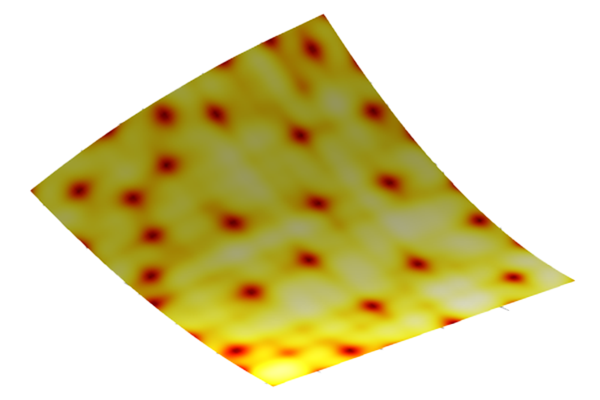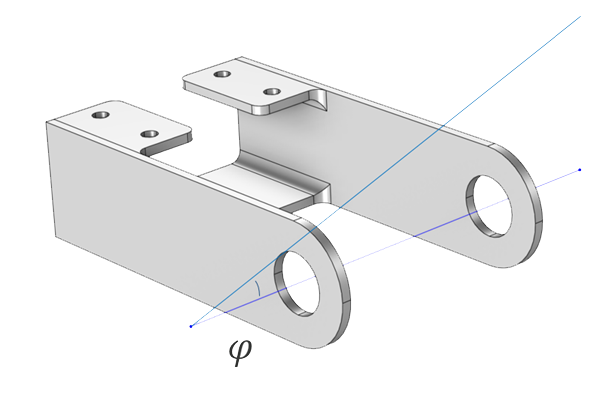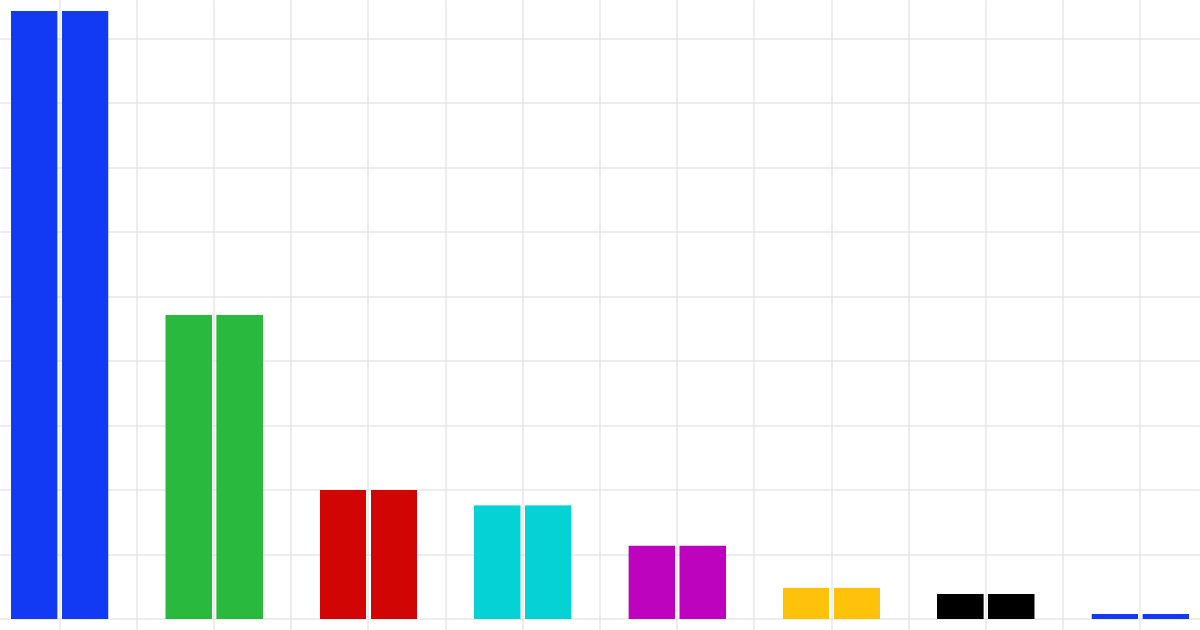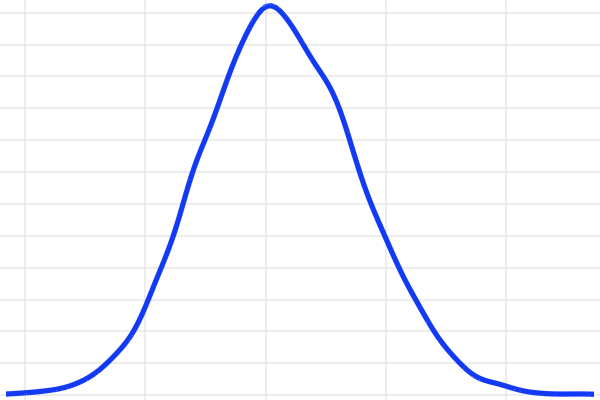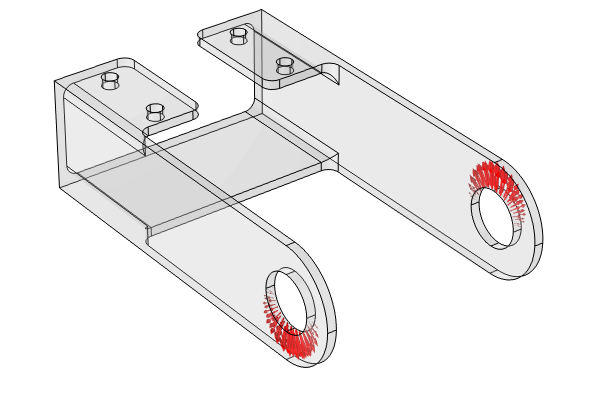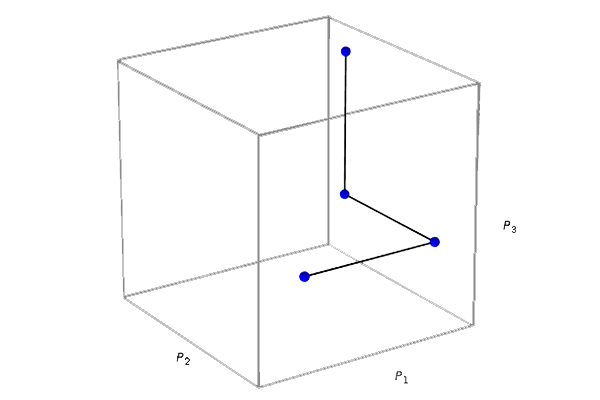Fundamentals of Uncertainty Quantification
In Part 1 of this course on uncertainty quantification (UQ), we start with a brief introduction to important terminology and analysis types. This course will cover various UQ analysis techniques through concrete examples. The background theory, particularly for surrogate models, is covered in the surrogate modeling theory course. Specific sections of the theory course will be referenced here for further reading.
The Uncertainty Quantification Module
The Uncertainty Quantification Module, an add-on to the COMSOL Multiphysics® software, is designed to address the limitations of deterministic simulations by incorporating the inherent uncertainties found in real-world applications. Simulations typically assume that input data are fixed, and outputs can be computed with high accuracy. However, this deterministic approach does not account for the variability present in practical scenarios such as manufacturing processes, where significant uncertainty exists.
The Uncertainty Quantification Module enables users to analyze the effects of this uncertainty on their simulations. It provides tools to explore input parameters — such as physics settings, material properties, geometric dimensions, and solver properties — and assess their impact on quantities of interest (QoIs). Techniques like sensitivity analysis, uncertainty propagation, and reliability analysis help quantify how variations in inputs influence simulation outcomes.
Specialized numerical methods, including Monte Carlo simulations and surrogate models, make it feasible to perform UQ studies efficiently. These methods make it possible to estimate probabilistic outcomes and identify influential parameters, aiding in the design and analysis of more robust models. The Uncertainty Quantification Module enhances the reliability and accuracy of simulations by accounting for real-world variability.
The Uncertainty Quantification Module offers a uniform interface for screening, sensitivity analysis, uncertainty propagation, reliability analysis, and inverse UQ. It can be integrated with other COMSOL products to enable uncertainty analysis in electromagnetics, structural mechanics, acoustics, fluid dynamics, heat transfer, and chemical engineering simulations. It can also be used together with the CAD Import Module, Design Module, or any LiveLink™ products for CAD.

The estimated probability density function for the maximum displacement of a structural analysis of a thermal actuator. This is the result of an uncertainty propagation analysis varying the input voltage and actuator length.
Input Parameters and Quantities of Interest
In a UQ study, you specify a set of quantities of interest derived from the solution of a COMSOL Multiphysics model. These quantities are functions of the model’s input parameters. For instance, in structural mechanics, quantities of interest might include maximum displacement, stress, or deflection angle. In heat transfer or CFD simulations, the quantities of interest could be maximum temperature, total heat loss, or overall fluid flow rate. In electromagnetic simulations, examples include resistance, capacitance, or inductance. UQ studies can be applied to any physics model solved in COMSOL Multiphysics®, as well as to any mathematical expression representing computed field quantities, giving a lot of flexibility in defining the quantities of interest.
Uncertain model inputs, such as physics settings, geometric dimensions, material properties, or discretization choices, can be used as input parameters. Similarly, virtually any model outputs can be defined as quantities of interest. Input parameters can be sampled using probability distributions or user-provided data. For analytically sampled parameters, correlations can be included by grouping them and applying the Gaussian copula method, enabling the use of both correlated and uncorrelated sampling options.

The settings for the quantities of interest and input parameters in a UQ study.
Uncertainty Quantification Study Types
A typical workflow in uncertainty quantification starts with a high number of input parameters, often more than you can afford to study in detail. The first step is to screen these input parameters in order to identify the most important ones for further analysis. Screening provides a relative estimate of which parameters are most influential. Next, a sensitivity analysis can be performed, resulting in Sobol indices or correlations that quantify the influence of each input parameter on the quantities of interest.
Following this, the number of varied input parameters can be reduced further, and an uncertainty propagation analysis can be conducted. This step produces the probability distributions of the inputs mapped into the probability distributions of the outputs, along with confidence intervals. In more advanced analyses, reliability analysis can offer precise probability estimates for the fulfillment of certain conditions, usually in the form of a logical inequality. For example, it can determine the probability that a specific dimension will fall outside of set manufacturing tolerances. Learn more about these terms and other statistical quantities in our blog post on computing standard deviations and other statistical quantities.
Finally, when the probability distributions of the inputs are uncertain, inverse UQ can be employed with experimental data to calibrate the statistical properties of specific input parameters.
The five different study types are summarized in the following list:
- Screening, MOAT
- Identifies the most influential inputs for each QoI
- Based on the Morris one-at-a-time (MOAT) method
- Outputs MOAT mean and MOAT standard deviation values
- Sensitivity Analysis
- Computes the fraction of impact for the inputs for each QoI
- Sobol method outputs first-order and total Sobol indices
- Correlation method outputs bivariate correlation, ranked bivariate correlation, partial correlation, or ranked partial correlation
- Uncertainty Propagation
- Computes the statistical variation of the QoI
- Outputs a confidence interval table and a kernel density estimation (KDE) plot representing the estimate of the probability distribution of the QoI
- Reliability Analysis
- Computes the probability for the fulfillment of a condition based on the QoI
- E.g.: determines the probability
for a displacement angle to exceed a certain threshold
- Inverse Uncertainty Quantification
- Relies on experimental data to reverse-engineer and calibrate the statistical characteristics of selected input parameters, starting with initial assumptions about their behavior (prior probability distributions)
- Utilizes surrogate modeling and the Markov chain Monte Carlo (MCMC) method to refine the input characterization, resulting in posterior probability distributions. Outputs include a confidence interval table that lists the mean, standard deviation, minimum and maximum values, and confidence bounds.

First-order and total Sobol indices for a sensitivity analysis of a model with five input parameters.
Surrogate Models
To obtain statistical data based on a physics model, it is necessary to perform Monte Carlo analysis using numerous simulations, varying the input parameters according to their probability distributions. However, this might not be computationally feasible for 3D models. To address this, the Uncertainty Quantification Module builds a surrogate model used for sensitivity analysis, uncertainty propagation, reliability analysis, and inverse UQ, but not for screening. Typically, this process is adaptive, and the surrogate model can approximate the original model to a high degree of accuracy (modifiable by the user). The Uncertainty Quantification Module uses two types of surrogate models:
- Sparse Polynomial Chaos Expansion (SPCE)
- This surrogate model improves accuracy by adaptively solving the full model and adding new QoI data using sequential Latin hypercube sampling.
- Gaussian Process (GP)
- This surrogate model improves accuracy by using information from the current Gaussian Process surrogate model to adaptively solve the full model for new, carefully selected sets of parameter values.
The creation and use of surrogate models are largely automatic when using the Uncertainty Quantification Module. However, it can sometimes be helpful to understand the theory behind this technology. For an overview of the theory of surrogate modeling, see the corresponding Learning Center course.
 A surface plot with a rectangular shape that displays yellow for the majority of the surface area and contains many red dots throughout.
A surface plot with a rectangular shape that displays yellow for the majority of the surface area and contains many red dots throughout.
A response surface plot of a GP surrogate model for the maximum displacement of a thermal actuator. The color shows the local estimated uncertainty (standard deviation) of the surrogate model.
In the following parts, we will learn how to practically apply different analysis types for uncertainty quantification.
Envoyer des commentaires sur cette page ou contacter le support ici.


